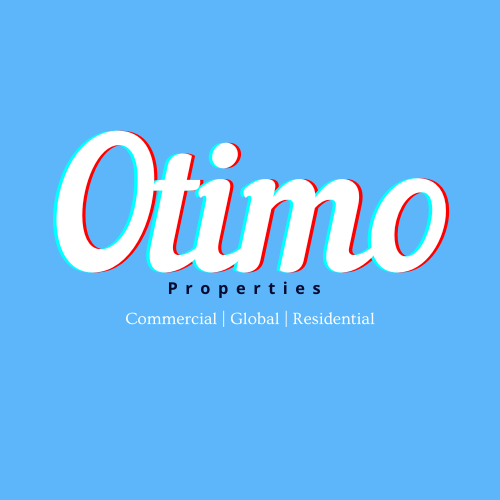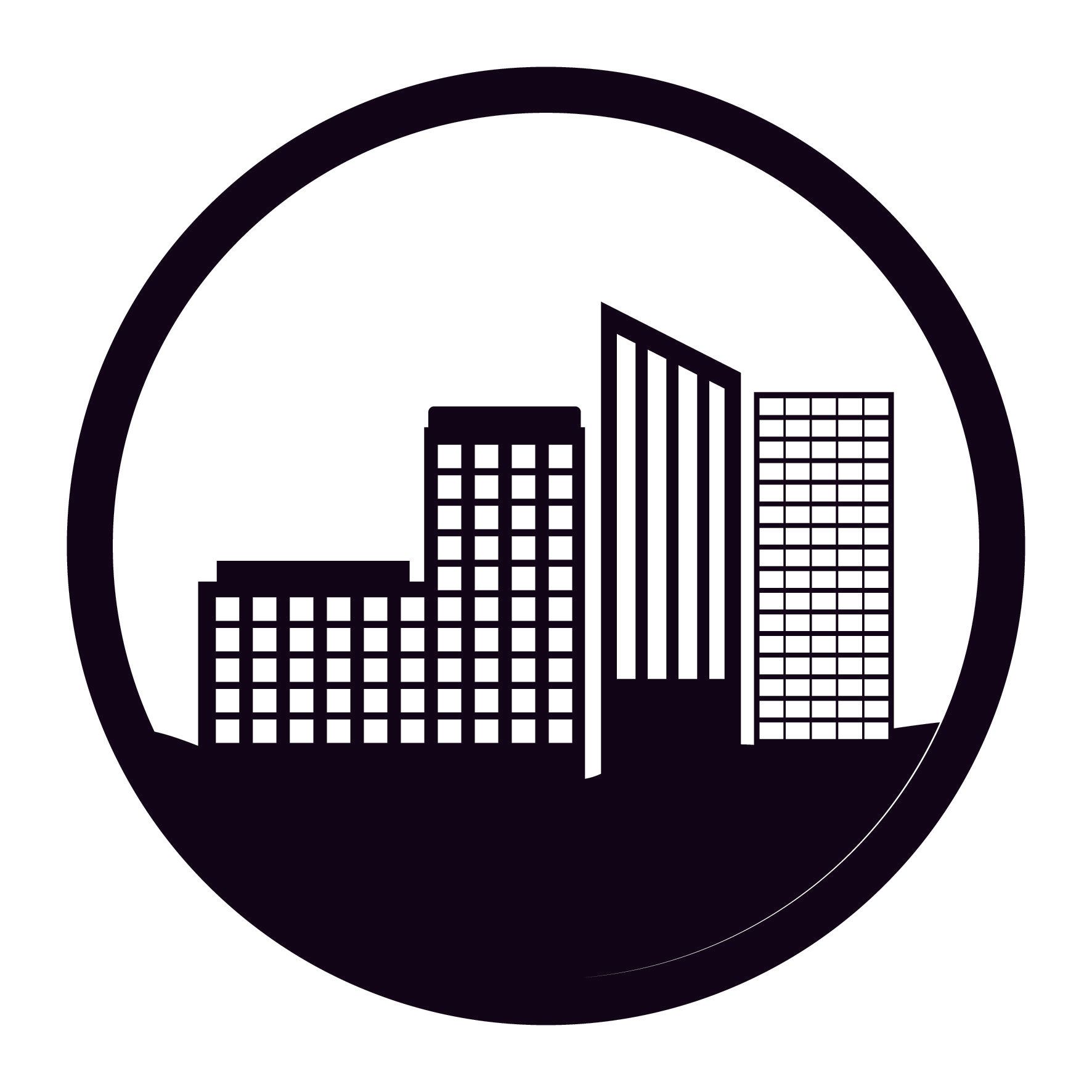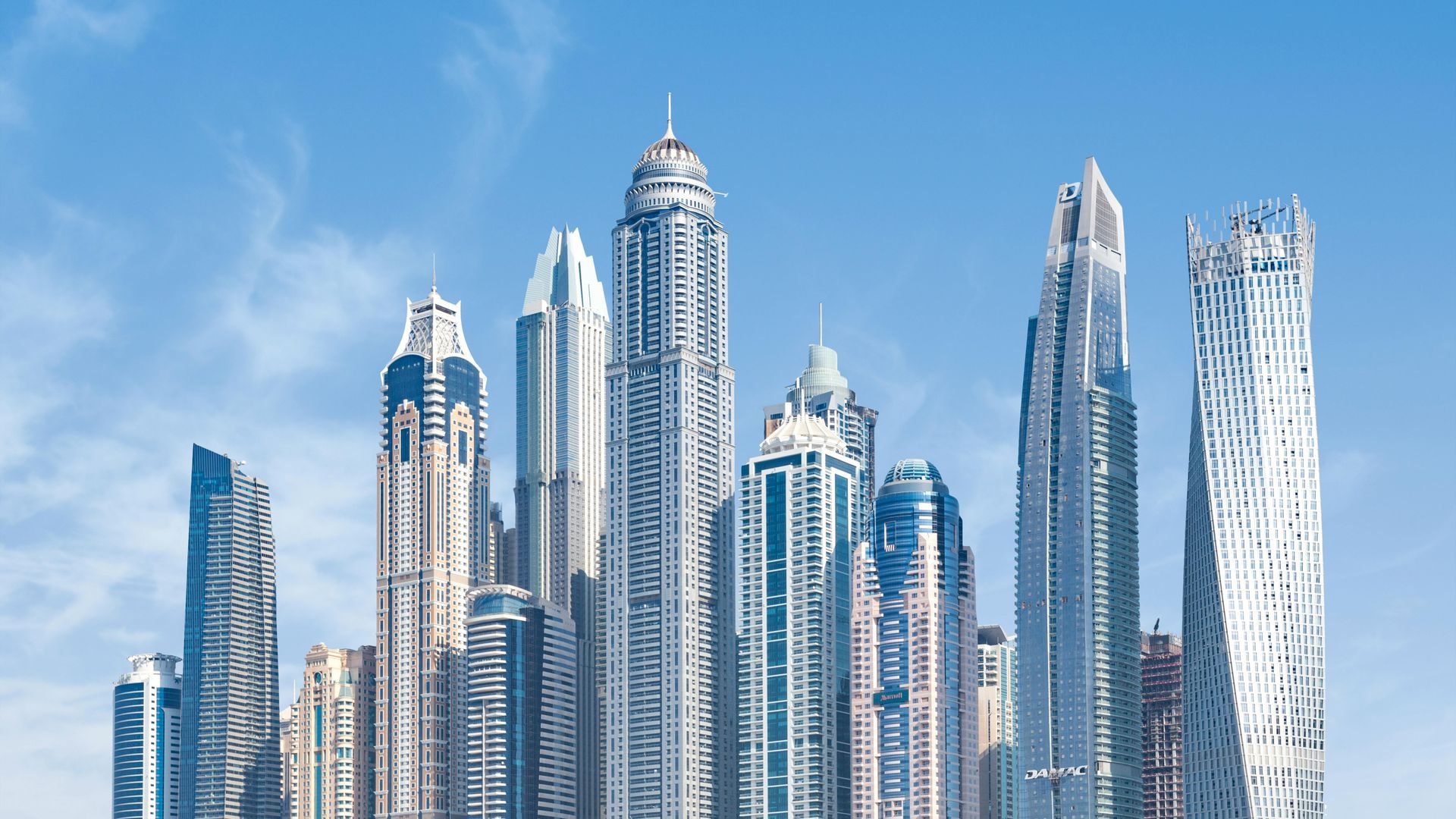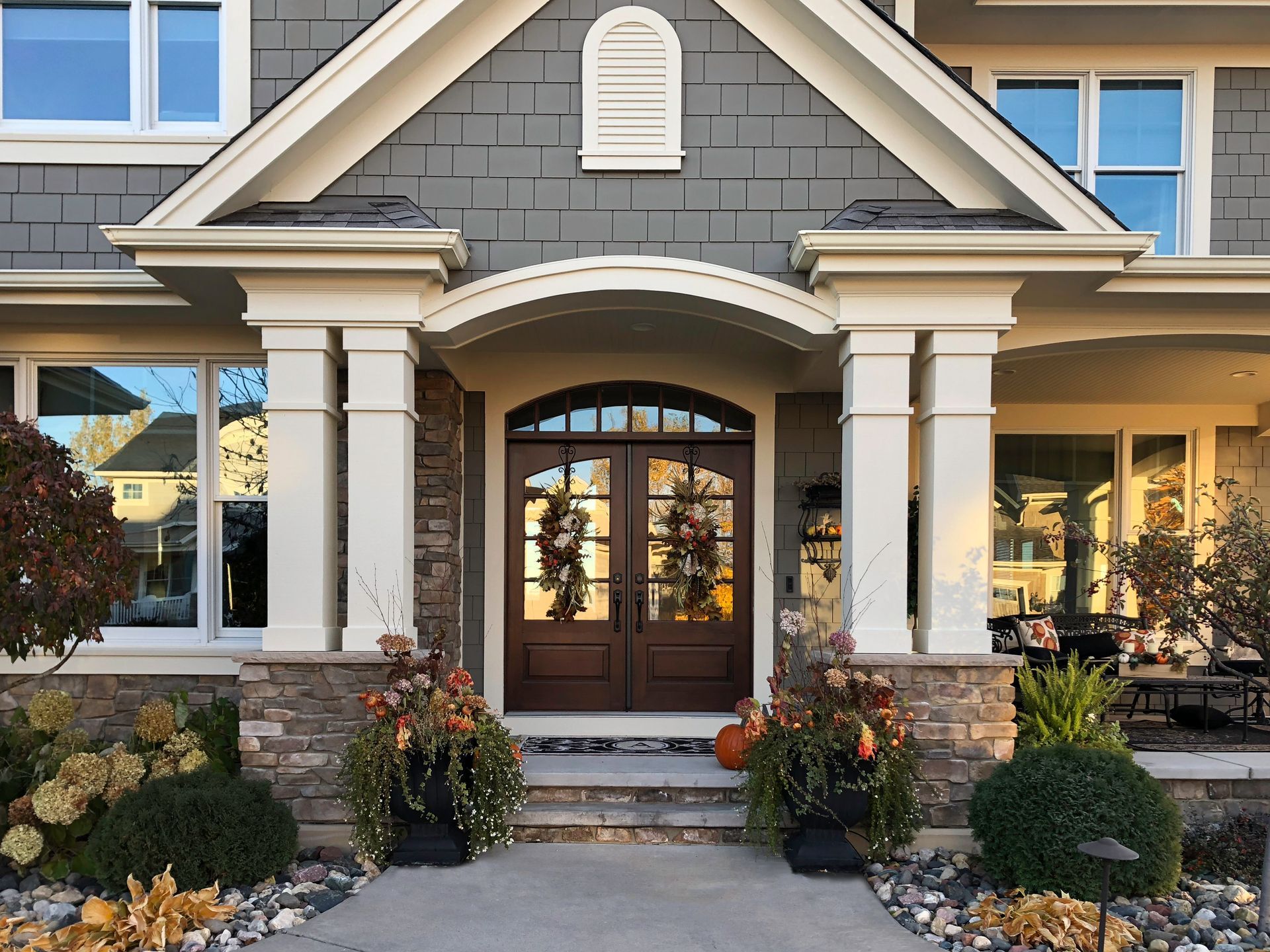Top Commercial Real Estate Trends Going into 2025
What you should know about Commercial Real Estate Trends

Top Commercial Real Estate Trends in 2025
The Rise of Mixed-Use Developments: A Trend Shaping the Future
If you’ve been keeping an eye on commercial real estate, you’ve probably noticed a growing trend: mixed-use developments. These projects are popping up everywhere, and for good reason. Combining residential, commercial, and even entertainment spaces all in one, mixed-use developments are changing how people live, work, and shop. Whether you’re a business owner, investor, or just curious about the future of cities, understanding the rise of mixed-use developments is key to staying ahead of the curve.
What Exactly Are Mixed-Use Developments?
At their core, mixed-use developments blend various types of real estate into one cohesive space. Think of a building that has apartments on the upper floors, a grocery store on the ground level, and a fitness studio next door. Or picture an entire neighborhood where office spaces, shops, and homes are all within walking distance. The idea is to create self-sustaining environments where people can live, work, and play—all without needing to hop in a car.
One reason mixed-use developments are taking off is that they provide a more convenient lifestyle for residents. Instead of spending hours commuting, people can enjoy shorter trips from their apartment to their office or favorite café. Everything is right there, just a quick elevator ride or walk away. This “work-life-play” balance is becoming more important as people seek out communities that offer more than just a place to sleep.
Why Mixed-Use is a Win for Investors
For commercial real estate investors, mixed-use developments offer a lot of potential. First, they diversify risk by including multiple income streams within one property. If the retail market slows down, the residential or office components can still perform well. It’s like having multiple investment properties rolled into one! Plus, the integrated nature of mixed-use means that one type of tenant can help drive traffic to the others. For example, residents living above shops are likely to become regular customers, creating a built-in customer base for businesses.
Another benefit is that mixed-use developments tend to attract a broader range of tenants, from individuals and families to businesses and retail outlets. This wide appeal can lead to higher occupancy rates, making them a stable and attractive option for investors. And let’s not forget about the long-term value. As cities continue to grow, properties that offer flexibility and a mix of uses will likely appreciate faster than single-use properties.
Mixed-Use and the Urban Revival
Mixed-use developments are playing a huge role in revitalizing urban areas, too. Many cities are seeing the value in transforming underused land, like old industrial sites or vacant lots, into vibrant hubs that bring new life to the community. These developments often breathe new energy into downtown areas, attracting new businesses, residents, and even tourists.
For example, areas that were once considered “off-the-grid” are now prime locations for new restaurants, coworking spaces, and trendy boutiques, all thanks to mixed-use projects. The result? Neighborhoods that once felt stagnant are now thriving with activity, giving people more reasons to visit, live, and spend money locally. Mixed-use projects are reshaping the way cities look and feel, helping to build more sustainable and exciting urban spaces.
Sustainability and Community Living
Another big factor driving the rise of mixed-use developments is sustainability. With more emphasis on eco-friendly practices and reducing carbon footprints, developers are turning to mixed-use projects as a solution. These developments encourage walkability, reducing the need for cars and long commutes, which in turn cuts down on traffic and pollution.
But it’s not just about the environment. Mixed-use developments foster a strong sense of community by bringing people together in a shared space. Whether it’s chatting with your neighbors at the local coffee shop or attending a fitness class with coworkers, these developments make it easier for people to connect and engage with one another. For many, this sense of community is a huge draw, making mixed-use developments more attractive than ever.
The Future of Real Estate: Is Mixed-Use Here to Stay?
It’s clear that mixed-use developments are more than just a trend—they’re becoming a standard in how cities are built. With the demand for convenience, community, and sustainability on the rise, it’s likely we’ll continue to see more of these developments in the future. For investors, mixed-use properties offer a way to stay ahead of market trends and tap into the evolving needs of both businesses and residents.
So, whether you’re looking to invest, start a business, or simply enjoy a more integrated lifestyle, keep an eye on mixed-use developments. They’re reshaping the landscape of commercial real estate, creating spaces that are designed for the way people want to live today—and tomorrow!
Eco-Friendly Buildings and Sustainability: The Green Revolution in Real Estate
In recent years, the buzz around eco-friendly buildings and sustainability has grown louder—and for good reason. As the world becomes more focused on addressing climate change and environmental concerns, the commercial real estate industry is embracing the green revolution. Whether it’s through energy-efficient designs or the use of sustainable materials, eco-friendly buildings are quickly becoming the future of real estate. And it’s not just about saving the planet—it’s about creating healthier, more cost-effective spaces for businesses and communities to thrive.
What Makes a Building Eco-Friendly?
So, what exactly makes a building "eco-friendly"? It’s more than just slapping a solar panel on the roof. Eco-friendly buildings, also known as green buildings, are designed with sustainability in mind from the ground up. This can include everything from energy-efficient HVAC systems to water-saving plumbing fixtures and even the use of recycled or sustainable building materials.
One of the key features of an eco-friendly building is energy efficiency. These buildings are designed to use less energy for heating, cooling, and lighting, which not only reduces their carbon footprint but also helps lower energy bills. Many green buildings incorporate renewable energy sources, like solar or wind power, which further reduces reliance on fossil fuels. Plus, features like better insulation, energy-efficient windows, and smart thermostats all work together to keep buildings comfortable while using less energy.
Water conservation is another big part of eco-friendly design. Features like low-flow faucets, rainwater collection systems, and water-efficient landscaping can significantly cut down on water use, which is especially important in areas facing droughts or water shortages.
Benefits for Businesses and Investors
Going green isn’t just good for the planet—it’s great for business, too. Eco-friendly buildings often have lower operating costs due to their energy and water efficiency, which can result in significant savings over time. This can make green buildings more attractive to tenants, who benefit from reduced utility costs, and to investors, who see lower vacancy rates and higher long-term returns.
There’s also a growing demand for eco-friendly spaces among businesses looking to reduce their own environmental impact. Companies with strong sustainability commitments are actively seeking out green office spaces, retail locations, and warehouses. They want to align their brand with eco-friendly practices, which makes leasing or buying green buildings a smart move. It’s a win-win: businesses get a healthier, more efficient space to operate in, and property owners enjoy higher demand and potentially higher rent.
Healthier Workplaces for Happier Employees
Beyond cost savings, eco-friendly buildings also promote healthier workplaces. Many green buildings are designed to improve indoor air quality, using non-toxic materials and better ventilation systems to ensure employees are breathing cleaner air. Studies have shown that employees in eco-friendly work environments tend to be more productive and report fewer sick days, thanks to better air quality and natural lighting.
Incorporating more windows and natural light is a common feature in green buildings, and it’s not just about energy savings. Natural light has been proven to boost mood and increase productivity, making it a highly desirable feature in modern office spaces. Employees feel happier and more energized when they’re not stuck under harsh fluorescent lights all day. As a result, eco-friendly buildings not only help the environment but also contribute to creating better work environments for everyone inside.
The Future of Green Real Estate
As the demand for sustainable, eco-friendly spaces continues to grow, it’s clear that green buildings are here to stay. Many cities and municipalities are already offering incentives to developers who incorporate green building practices, like tax breaks or expedited permitting processes. At the same time, building codes are getting stricter when it comes to energy efficiency and sustainability, making eco-friendly design the new standard rather than a luxury.
LEED (Leadership in Energy and Environmental Design) certification has become a well-known benchmark for green buildings, and more developers are aiming to meet these standards. As more tenants and investors prioritize sustainability, green certifications like LEED can help properties stand out in a crowded market.
But beyond certifications and energy savings, there’s a bigger picture at play. The move toward eco-friendly buildings is part of a broader shift toward more responsible development that considers the long-term impact on the planet. By investing in sustainable designs today, we’re helping to create a more sustainable and livable future for generations to come.
Conclusion: Eco-Friendly Is the Way Forward
Eco-friendly buildings and sustainability are not just trends—they’re a revolution in how we think about real estate. For investors, developers, and businesses alike, going green offers benefits that go beyond saving on energy bills. It’s about creating healthier, more efficient spaces that can adapt to the needs of today’s environmentally conscious world.
If you’re considering a new commercial space or development, now’s the time to think about sustainability. Whether it’s a simple upgrade to more energy-efficient lighting or a full-scale LEED-certified project, the future of commercial real estate is green, and those who embrace it will be well-positioned for success in the years ahead. After all, when it comes to the future of our planet—and your business—why wouldn’t you want to go green?
Tech Innovations in Property Management: Transforming the Industry
The world of property management has been undergoing a significant transformation, thanks to a wave of new technology. Gone are the days when property managers had to rely on spreadsheets, paper forms, and phone calls for day-to-day tasks. Today, tech innovations are streamlining everything from tenant communication to maintenance requests, making property management more efficient, cost-effective, and even more enjoyable. If you’re involved in commercial real estate or property management, keeping up with these tech trends is essential for staying ahead of the curve.
Smart Buildings for Smarter Management
One of the most exciting tech innovations in property management is the rise of smart buildings. These buildings are equipped with sensors and automation systems that allow property managers to monitor and control everything from lighting and HVAC systems to security and energy consumption—all from a central dashboard. Imagine being able to adjust the temperature in a vacant office space or check the status of security cameras without even being on-site.
Smart building technology isn’t just about convenience, though. It’s also about saving money. By using data to optimize energy usage, smart buildings can significantly reduce operating costs. For example, lighting systems can be set to turn off automatically when no one is in the room, or HVAC systems can adjust based on occupancy patterns, ensuring that energy isn’t wasted on empty spaces. The savings from these optimizations can add up quickly, making smart buildings a great investment for property managers looking to boost efficiency.
Tenant Portals: Convenience at Your Fingertips
One of the most significant innovations in property management has been the rise of tenant portals. These online platforms make it easier for tenants to communicate with property managers, pay rent, submit maintenance requests, and even access important documents like leases—all in one place. Instead of making phone calls or sending emails, tenants can log into a portal and take care of their needs with just a few clicks.
For property managers, tenant portals offer a streamlined way to manage tenant relationships and keep track of requests and payments. Automated reminders for rent payments can help reduce the number of late payments, while maintenance requests are logged and tracked, ensuring that nothing slips through the cracks. Tenant portals also provide a clear, centralized way to handle communication, reducing the time spent chasing down tenants or sorting through paperwork.
By offering tenants the convenience of self-service, property managers can save time and improve tenant satisfaction. After all, who doesn’t appreciate being able to pay rent or request repairs from the comfort of their phone or laptop?
AI-Powered Insights and Predictive Maintenance
Artificial intelligence (AI) is making waves in nearly every industry, and property management is no exception. AI-powered tools are being used to analyze property data and provide valuable insights that help property managers make better decisions. For example, AI can help predict when a building’s systems—like HVAC, plumbing, or electrical—are likely to need maintenance or repairs. This type of predictive maintenance can help property managers address issues before they become costly problems, reducing downtime and minimizing the need for emergency repairs.
AI is also being used to improve tenant screening processes. With the help of machine learning algorithms, property managers can quickly assess a tenant’s creditworthiness, rental history, and other factors to make informed decisions about leasing. By automating these tasks, AI allows property managers to spend less time on administrative work and more time focusing on higher-level management tasks.
Another exciting development is AI-driven data analytics, which can help property managers optimize everything from rent pricing to tenant retention strategies. By analyzing trends in the local real estate market, AI tools can recommend rent adjustments that maximize profitability without driving tenants away. This level of insight was nearly impossible to achieve with traditional methods, making AI a game-changer for property management.
Virtual Tours and Augmented Reality
Technology has even transformed the way properties are marketed and leased. Virtual tours and augmented reality (AR) tools are revolutionizing the leasing process by allowing potential tenants to tour properties from anywhere in the world. With a virtual tour, a prospective tenant can explore an office space or retail unit from the comfort of their own home, getting a feel for the layout and amenities without having to step foot on the property.
For commercial real estate, this is especially useful when targeting out-of-town or international tenants who might not be able to visit the property in person. AR tools take this a step further by allowing tenants to visualize how a space could be customized to suit their needs, such as seeing how their furniture or equipment would fit into an office space.
This tech-driven approach to leasing not only saves time for property managers but also makes the leasing process more appealing to tech-savvy tenants who expect convenience and flexibility.
The Future of Property Management is Tech-Driven
As technology continues to evolve, it’s clear that property management will become even more tech-driven in the coming years. From smart buildings and AI-powered insights to virtual tours and tenant portals, these innovations are reshaping the way property managers operate. By embracing these tools, property managers can improve efficiency, reduce costs, and offer a better experience for tenants.
And the best part? Many of these technologies are accessible and easy to implement, meaning property managers of all sizes can take advantage of the benefits. Whether you manage a handful of commercial properties or a large portfolio, there’s no doubt that tech innovations will play a key role in helping you stay competitive and successful in the rapidly changing world of real estate.
If you haven’t already started incorporating these tools into your property management strategy, now’s the time to explore what’s out there. The future of property management is here—and it’s powered by technology!
Flexible Workspaces and Their Impact: A Shift in Commercial Real Estate
In today’s fast-evolving business landscape, flexible workspaces have become a game-changer. Whether it’s coworking spaces, shared offices, or customizable lease agreements, flexible workspaces are reshaping how businesses approach their office needs. Gone are the days when a company had to commit to long-term leases for massive office buildings. Now, businesses of all sizes—from startups to global corporations—are embracing flexible workspaces for their adaptability, cost-efficiency, and ability to foster collaboration.
Let’s dive into how flexible workspaces are impacting the commercial real estate market and why this trend is here to stay.
What Are Flexible Workspaces?
First things first—what exactly are flexible workspaces? Simply put, these are office environments that offer businesses the ability to scale up or down based on their current needs. They come in many forms: coworking spaces, where multiple companies share a communal office; private offices within shared buildings; and even hybrid setups that allow a mix of traditional and flexible spaces.
The key to flexible workspaces is, well, flexibility. Whether a company needs a single desk for a freelancer or a full-floor suite for a growing team, flexible workspaces offer customizable options without the long-term commitment of traditional leases. This level of adaptability has become incredibly valuable in a business environment where change is the only constant.
Cost-Efficiency and Scalability
One of the biggest draws of flexible workspaces is the cost savings they offer. Instead of locking into a multi-year lease on a space that might be too big (or too small) in the future, businesses can rent exactly what they need, when they need it. This model allows companies to avoid paying for unused square footage, making it a much more cost-efficient option—especially for startups or companies with fluctuating staff sizes.
And when it comes to scaling up or down, flexible workspaces make it easy. If a business grows and needs more space, it can expand within the same building or network of flexible spaces. On the flip side, if a company needs to downsize, they can reduce their office footprint without the hassle of breaking a lease. This ability to adjust quickly to market conditions is a huge advantage, particularly in uncertain economic times.
For commercial real estate owners, this trend presents an opportunity as well. Offering flexible lease options can attract a broader range of tenants, from freelancers to large corporations looking for satellite offices. It’s a win-win for both landlords and tenants, making this model increasingly popular.
The Rise of Remote Work and Hybrid Models
The rise of remote work has been one of the biggest drivers behind the demand for flexible workspaces. The COVID-19 pandemic accelerated a global shift toward remote and hybrid work models, where employees split their time between working from home and coming into the office. This change has led companies to rethink their real estate needs, with many downsizing their traditional office spaces and opting for flexible, on-demand workspaces instead.
For many businesses, a hybrid work model—where employees have the option to use a flexible workspace as needed—offers the best of both worlds. Employees get the freedom to work from home when it suits them, while also having access to a professional office environment for meetings, collaboration, or simply a change of scenery. This flexibility is attractive to employees and employers alike, boosting productivity, job satisfaction, and retention rates.
As more companies adopt hybrid work policies, the demand for flexible workspaces is expected to continue growing. For property owners, offering spaces that cater to this demand can open up new revenue streams, especially in urban areas where real estate prices are high, and businesses are looking for more cost-effective options.
Collaboration and Community
Flexible workspaces aren’t just about saving money or accommodating remote work—they’re also about fostering collaboration and building a sense of community. Many flexible office providers, especially coworking spaces, focus on creating environments where professionals from different industries can connect and network. The open, shared nature of these spaces encourages spontaneous interactions, idea-sharing, and even new business opportunities.
For freelancers, entrepreneurs, and small businesses, the community aspect of flexible workspaces can be a huge draw. It’s a chance to meet like-minded professionals, exchange ideas, and potentially collaborate on projects. Even larger companies can benefit from this networking environment, as it allows their employees to interact with others outside of their usual teams or departments.
In a world where innovation is key to staying competitive, flexible workspaces offer a unique advantage by fostering creativity and collaboration in ways that traditional offices often cannot. The energy and diversity found in these spaces can inspire new ideas and drive business growth, making them an attractive option for companies across industries.
The Future of Workspaces: Flexibility Is Here to Stay
The impact of flexible workspaces on the commercial real estate market is profound, and it’s clear that this trend is more than just a passing phase. As businesses continue to adapt to new ways of working, the demand for flexible, adaptable office solutions will only increase.
For property owners, embracing this shift means rethinking how office spaces are designed, leased, and marketed. Offering flexible lease terms, shared amenities, and customizable spaces will be key to attracting tenants in this evolving market. And for businesses, the ability to rent space on their terms—not the landlord’s—offers unprecedented freedom and flexibility, allowing them to focus on growth rather than managing real estate.
In short, flexible workspaces are transforming not only how we think about offices but also how businesses operate in today’s world. Whether you’re a business owner, investor, or commercial real estate professional, keeping an eye on this trend—and embracing its potential—will be crucial for long-term success.
So, if you haven’t explored the world of flexible workspaces yet, now’s the time. After all, flexibility isn’t just a trend—it’s the future of work. And with the right approach, it can be a powerful tool for driving growth, collaboration, and innovation in any business.


LOCATION
9804 Pictor Ct
Louisville, KY
40241
CONTACT US
We are committed to providing an accessible website. If you have difficulty accessing content, have difficulty viewing a file on the website, notice any accessibility problems, or should you require assistance in navigating our website, please contact us.
©Copyright - All Rights Reserved
Website Powered by National Association of REALTORS®
















